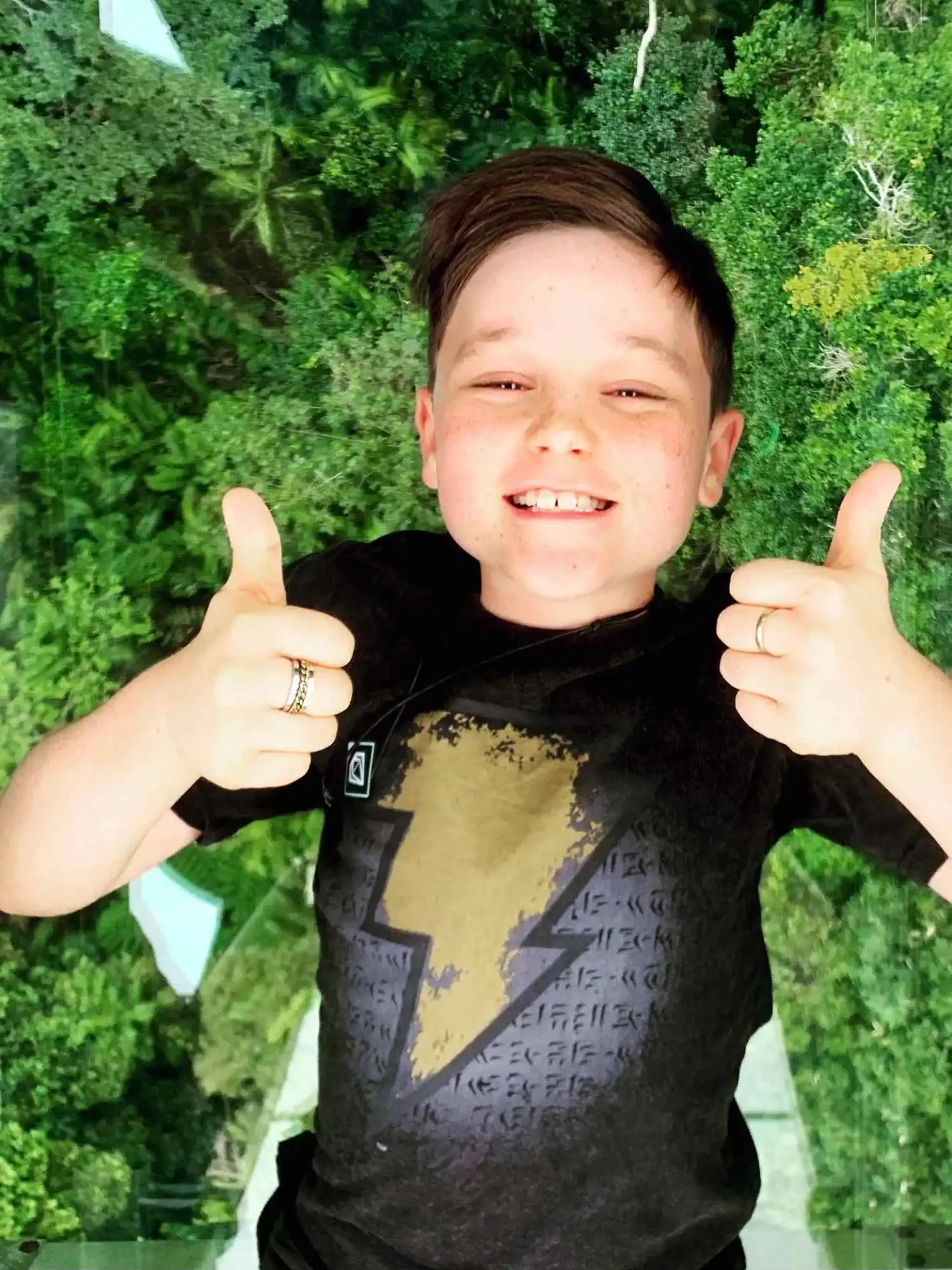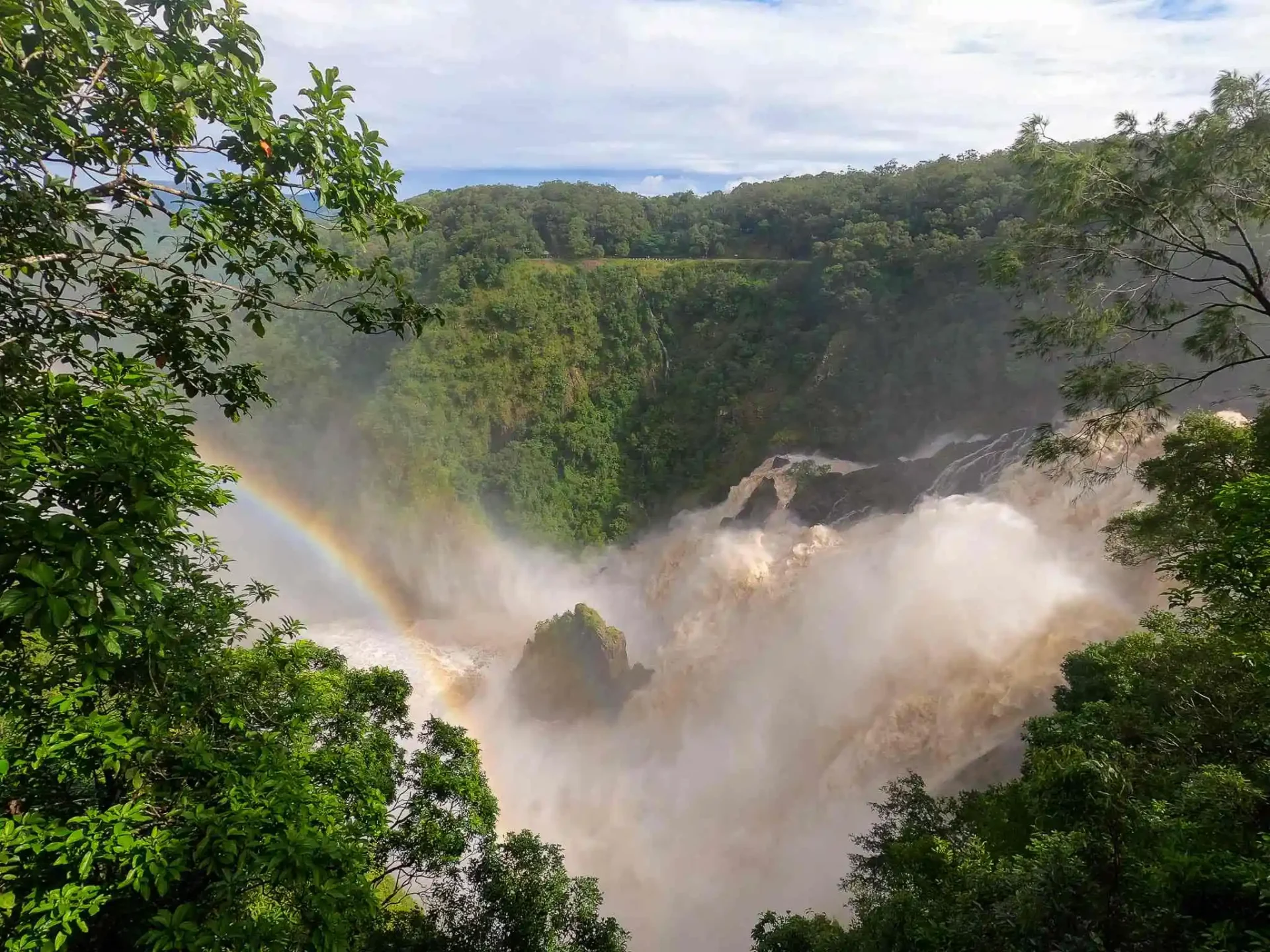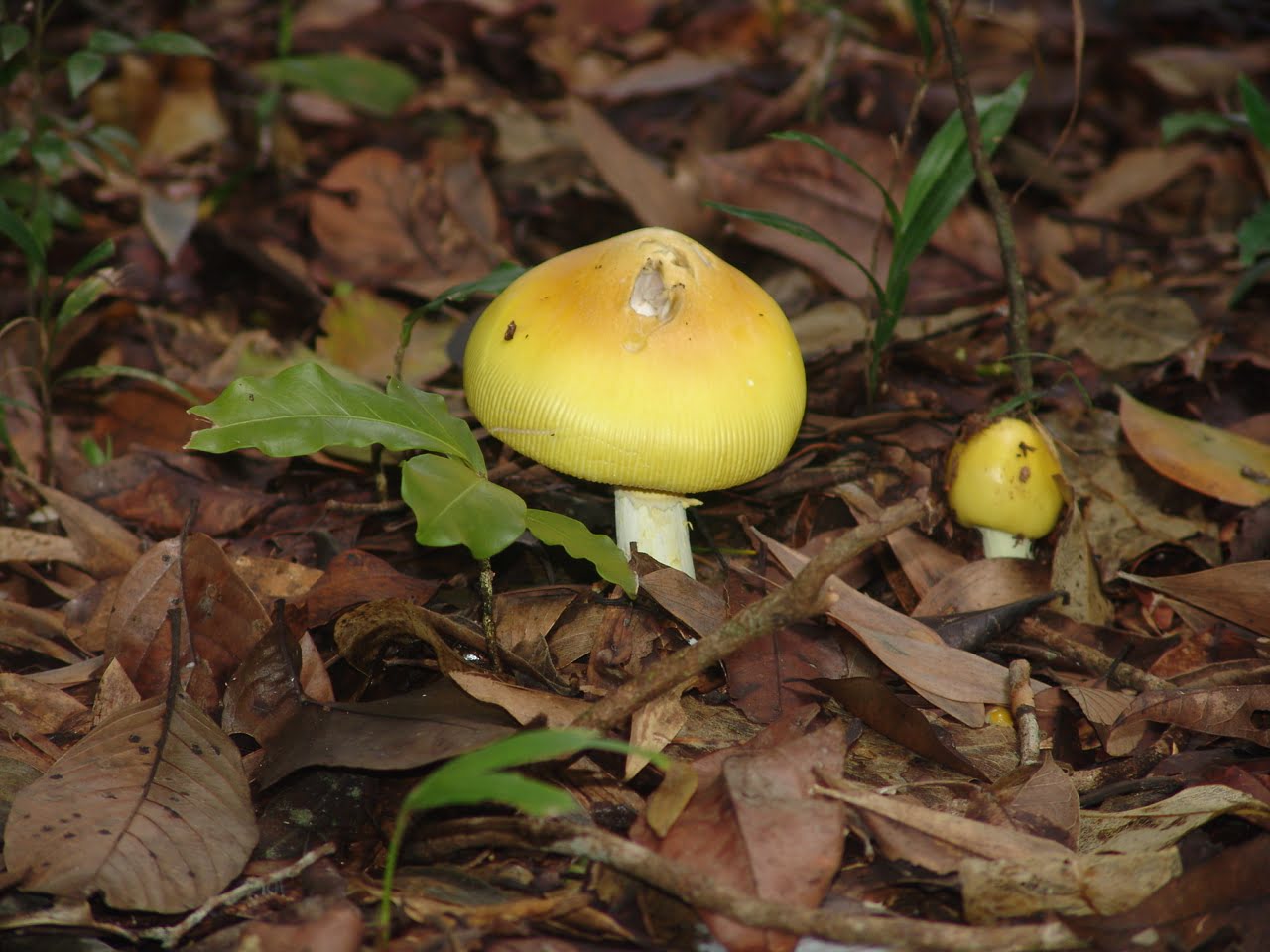Explore flora of the tropical rainforest
Wet Tropics World Heritage rainforest, a bursting ecosystem of tropical rainforest flora to explore
The World Heritage listed Tropical Rainforest contains a larger variety of plants than any other ecosystem, bursting with more than 2260 plants species from over 210 families, 30% of which are endemic to this area.
The rainforest plants can be classified into various levels of structural elements, plant life and growth. This varies from the towering tall trees to the ferns and moss on the rainforest floor. Tropical rainforest flora life can be thought of as four separate levels, the emergent, the canopy, the understory and the forest floor.
Let’s explore the four levels of the tropical rainforest.

Skyrail gondola gliding above the tropical rainforest
Tropical rainforest flora, emergents
The top of the canopy where some trees peak above the rest, this is known as the emergent layer. Tall, strong, skyscraping trees which are top heavy and have almost no side branches under the canopy. Growing taller than the rainforest canopy is an advantage for emergent trees. They get more space and more sunlight but they are also exposed to heavier rain and stronger winds.

Queensland Kauri Pine at Red Peak
The Queensland Kauri Pine is a spectacular example of these emergent trees, reaching up to 50 metres high and living for up to 1,000 years. At Red Peak station, on the boardwalk the Queensland Kauri Pine is estimated to be around 400 years old. Unlike other conifer species, the Kauri Pine features broad leaves and a ‘self cleaning’ bark which strips itself to prevent vines attaching and climbing to the canopy. Join a complimentary Ranger Guided tour at Red Peak to learn more about the Queensland Kauri Pine.
Tropical rainforest flora, canopy
The level below these emergent trees is known as the canopy which you experience from the cableway, gliding just meters above it in a gondola. The canopy is a dense overlap of trees typically 25-35 metres above the rainforest floor. It is the canopy which filters out most of the sunlight, protects the rainforest ferns and smaller trees below from strong winds and heavy rainfall. Many of these trees have become entwined with vines which are climbing to reach the top of the canopy in the fight for sunlight and they have wrapped around trunks and tied branches together. It is here in the canopy where most of the bird life, arachnids, mammals and reptiles have made a safe home in their leafy surroundings.

A small vine begins it’s climb in the fight for sunlight at Red Peak
Tropical rainforest flora, understory
The understory is the layer before the rainforest floor, a dark, humid environment that gets very little sunlight from the canopy above and has limited plant life growth. The understory is full of leafy shrubs, ferns, non-flowering plants, small trees, climbing vines and epiphytes. Epiphytes are air plants, plants which do not need soil, usually found perched on or connected to other plants for physical support. Epiphytes thrive in the tropical rainforest as they obtain water from the humidity and moisture in the air. As you explore Red Peak and Barron Falls look up and you will see some impressively large basket ferns, which are great examples of epiphytes. They can grow up to 1.5 metres often housing small rainforest birds, snakes and mammals, which help basket ferns with spore dispersal throughout the tropical rainforest.

Muelleri rainbow stag beetle at Red Peak
Tropical rainforest flora, floor
The rainforest floor is the darkest of all the layers, but it is where the entire tropical rainforest ecosystem decomposition takes place. It is dark and moist, allowing plants, leaves, animal matter and other rainforest remains to decay. It has developed complex relationships with the animal and plant life helping in rainforest regeneration. With some help from worms, scorpions, slugs, termites, beetles and other foraging animals, the seeds and spores are spread further through the tropical rainforest, and new rainforest seedlings are created. It is at ground level of the tropical rainforest where, essentially it is creating its own compost for regrowth and the tropical rainforest lifecycle restarts once again!
Feeling empowered to help protect and conserve tropical rainforests?
Since inception Skyrail Rainforest cableway has been working to showcase this fragile, highly important tropical rainforest. We are committed to the highest standards of environmental responsibility and management to protect and conserve the Wet Tropics World Heritage rainforest. This promise saw the launch of the Skyrail Rainforest Foundation in 2005 with a primary objective to raise funds to support tropical rainforest research.

The Skyrail Rainforest Foundation provides individuals with the opportunity to assist with the ongoing protection and preservation of tropical rainforests worldwide through research and education projects. The Skyrail Rainforest Foundation is committed to these research programmes, with a particular focus on studies of rare and endangered rainforest fauna and flora. The maintenance of rainforest biodiversity and effective management techniques to minimise the impacts on tropical rainforests worldwide.
There are three ways you can help.
Join us and become a Member Individuals can apply to become a Skyrail Rainforest Foundation member and receive numerous benefits including discounted travel on the Skyrail Rainforest Cableway and newsletters.
Donate online. Private and corporate donations are welcomed and can be made via skyrailfoundation.org or via the digital donation points located in Canopy Cafe at our Smithfield terminal. Cash only donation points at Smithfield and Kuranda termainals, Rainforest Discovery Zone at Red Peak and the Rainforest Interpretation Centre at Barron Falls.
Buy our Merchandise. An exclusive range of Skyrail Rainforest Foundation merchandise is available for purchase at both Smithfield and Kuranda Terminals before or after your experience in the ancient rainforest, with proceeds helping support the foundation.
For more information visit the Skyrail Rainforest Foundation Website.
We hope you enjoyed this four part blog series, unlocking the secrets and discovering the flora & fauna of the world’s oldest continually surviving tropical rainforest on Earth, its biodiversity, it’s ecosystems and it’s story through evolution.
Have you read all four parts of this blog series?
Pt 1 | Wet Tropics World Heritage rainforest
Pt 2 | Rich biodiversity of the tropical rainforest
Pt 3 | Discover tropical rainforest residents














